Myrothecium leaf spot
Pathogen: Myrothecium roridum
Hosts: Lamium, Molucella, Rudbeckia, Salvia, New Guinea impatiens
Symptoms: This disease causes leaf spots, concentric rings may develop in the lesions. Raised black sporodochia develop on diseased tissue. In high humidity sporodochia are encircled by a tuft white growth.
Spread: Spores are splash dispersed by irrigation water and rainfall.
Management: Avoid injuries to plants, young or injured tissue is most susceptible. One common cause of wounding of perennials is packaging for shipping; disease readily develops following shipping. Avoid excessive fertilization, high fertilizer rates that favor lush foliage growth have also been associated with disease outbreaks. Minimize periods of leaf wetness through careful timing of irrigation. Fungicide applications may be needed to control severe disease problems.

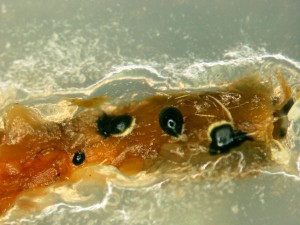
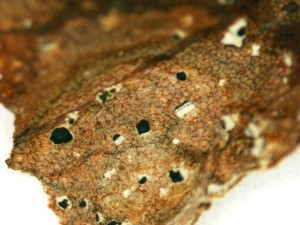
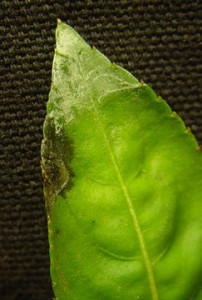
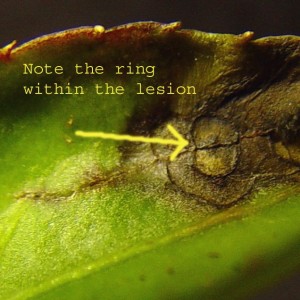
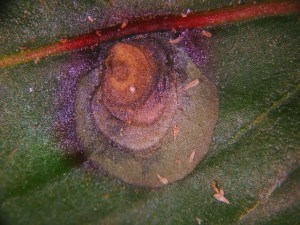
Other Documents in this Series
You Might Also Be Interested In
-
Key Wildlife Pests of Fruit and How to Promote and Protect Pollinators in Fruit Systems
Published on March 24, 2022
-
Bulletins Live! Two Tracker Report available now
Published on November 30, 2025
-
Southwest Michigan fruit update – July 8, 2025
Published on July 9, 2025
-
Southwest Michigan fruit update – June 24, 2025
Published on June 27, 2025
-
Southwest Michigan fruit update – June 3 2025
Published on June 4, 2025
-
Weed management in fruit trees starts with fall herbicide application
Published on October 23, 2024
Accessibility Questions:
For questions about accessibility and/or if you need additional accommodations for a specific document, please send an email to ANR Communications & Marketing at anrcommunications@anr.msu.edu.



 Print
Print Email
Email



